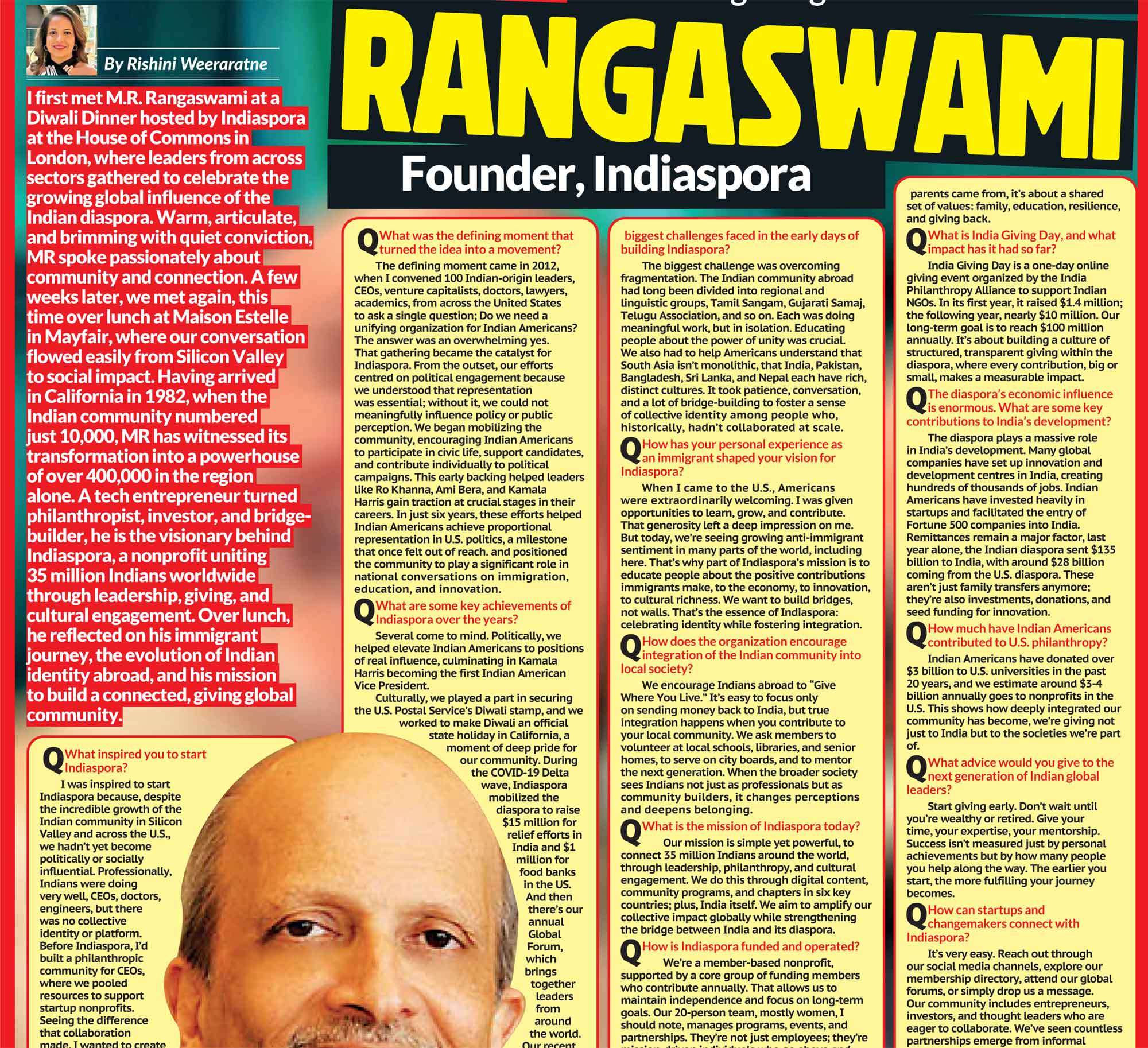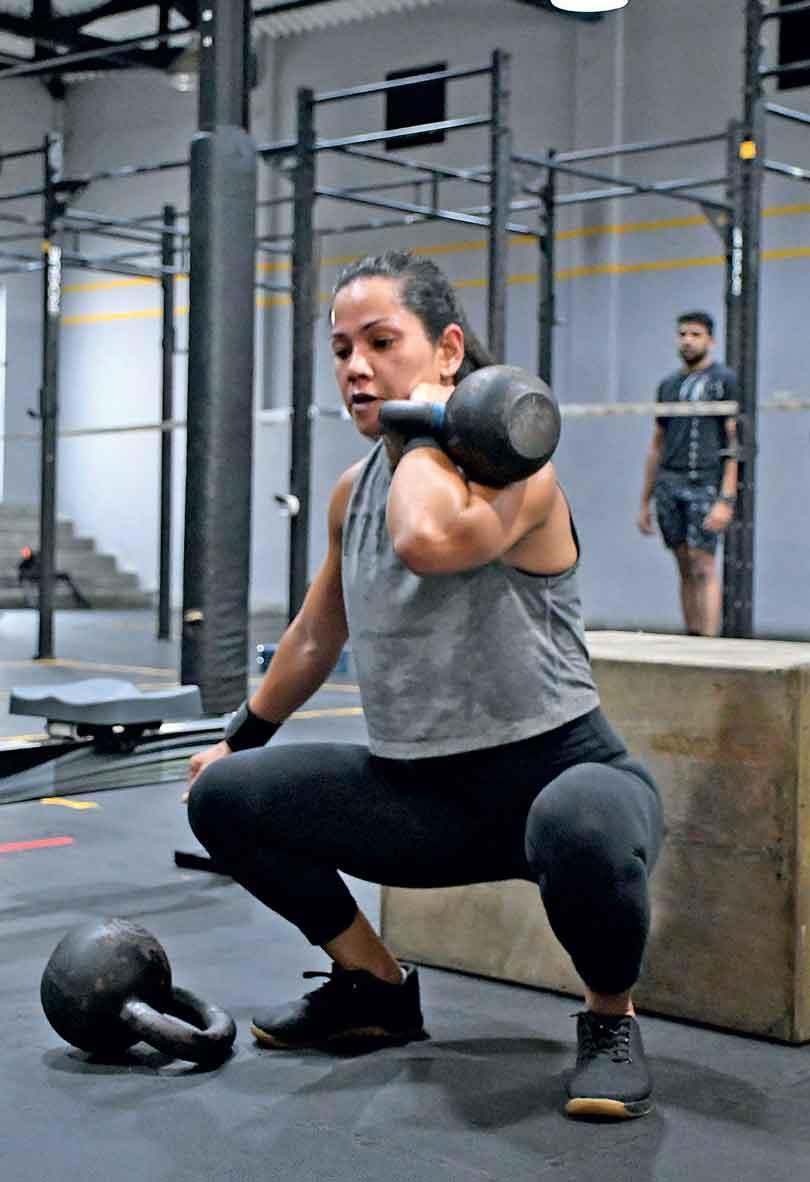

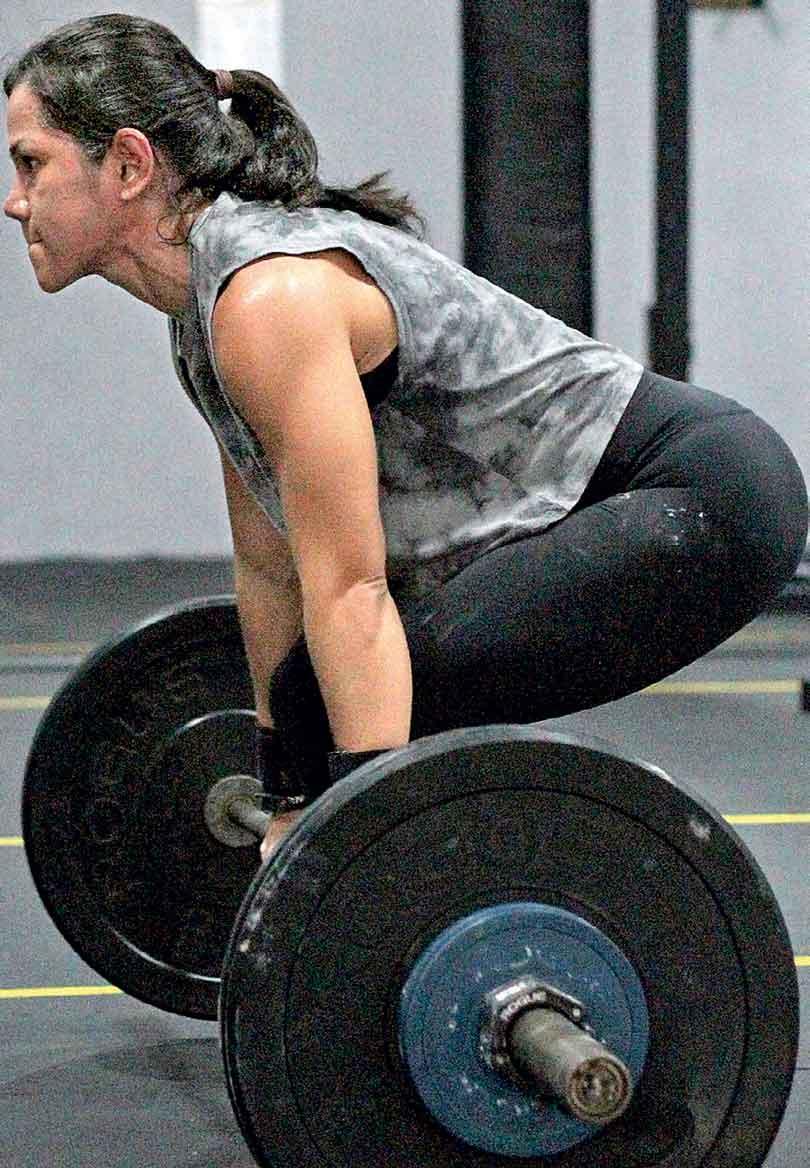

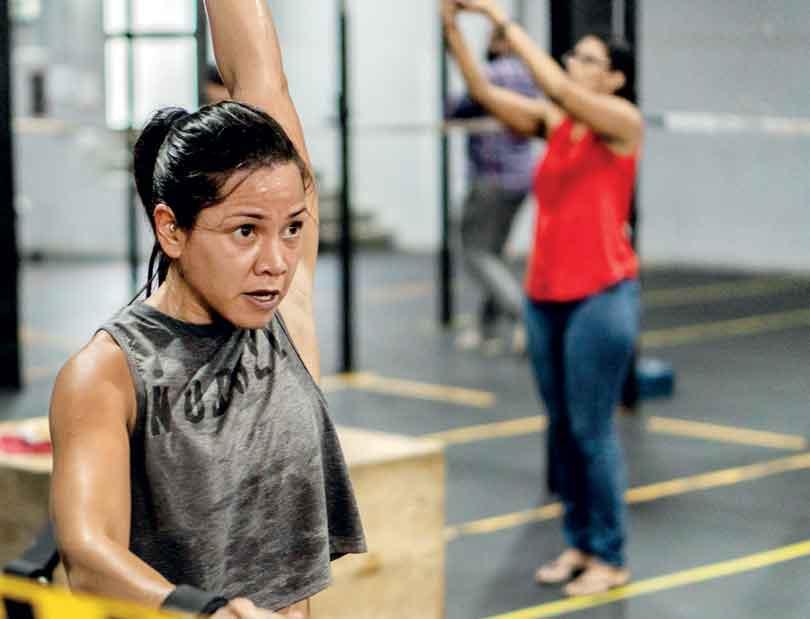
Rather than overdoing crunches or skipping meals, focus on a well-rounded fitness plan that includes strength training, cardio, and a balanced diet rich in lean proteins, healthy fats, and fibre-dense carbohydrates
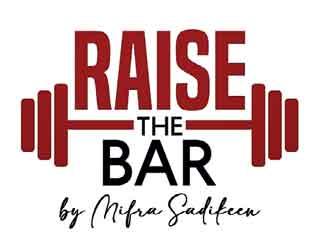 Women are increasingly redefining fitness by embracing strength training, not just for aesthetics, but as a foundation for both physical and mental well-being. Influenced by social media and a growing awareness of holistic health, the emphasis is shifting from slimness to strength. This evolving mindset reflects the fitness industry’s success in promoting the long-term health benefits of muscle building. The outdated ideal of thinness is being replaced by a new admiration for resilience, vitality, and overall wellness.
Women are increasingly redefining fitness by embracing strength training, not just for aesthetics, but as a foundation for both physical and mental well-being. Influenced by social media and a growing awareness of holistic health, the emphasis is shifting from slimness to strength. This evolving mindset reflects the fitness industry’s success in promoting the long-term health benefits of muscle building. The outdated ideal of thinness is being replaced by a new admiration for resilience, vitality, and overall wellness.
1
As women feel more empowered through fitness, the industry has responded by capitalizing on this shift, transforming it into a billion-dollar movement. With a growing range of training programs now available, there are more opportunities than ever for women to feel strong, confident, and in control of their health. These programs are not just about changing one’s body, they’re opening doors to self-growth, inner strength, and a deeper sense of joy and community. Ultimately, the journey of physical empowerment isn’t about chasing a specific body ideal. It’s about celebrating progress, building a supportive network, and finding joy in every stage of life. Today on Raise The Bar, we’re busting some of the biggest myths in women’s fitness. We’ll explore why knowledge-based training is essential, not just for building a strong body, but for cultivating a resilient, empowered mind.
2
Four Fitness Myths Holding Women Back
Alexandria Senanayake, gym owner and coach for the past seven years, has worked with women of all ages, from pre-teens to women in their 50s, each with unique goals and challenges. While every fitness journey is different, certain patterns and misconceptions show up time and again. She emphasizes that while the fitness industry has become more inclusive and empowering, outdated myths still prevent many women from reaching their full potential. Here, she addresses four of the most common myths, and why it’s time to leave them behind.
3
MYTH 1: “Lifting weights will make me bulky.”
This is one of the most common concerns Alexandria hears from women starting strength training. Somewhere along the way, the misconception took root that lifting anything heavier than a dumbbell would lead to a bodybuilder physique.
The reality: Women generally don’t have the hormonal profile, especially testosterone levels, to gain large amounts of muscle mass easily. Building muscle is a gradual process that requires time, consistency, and proper nutrition. The kind of "bulk" many fear is difficult to achieve, even for those actively pursuing it.
In fact, incorporating heavy resistance training can improve muscle tone, bone density, metabolism, mood, and overall body composition. For most women, the result is a leaner, stronger, and more capable body, one you’ll be grateful for years down the line when you’re chasing after grandkids or navigating everyday life with ease.
4
MYTH 2: “I want to spot-reduce fat from my belly, thighs, or arms.”
Many women believe that doing targeted exercises, like crunches or tricep dips, will burn fat in specific areas.
The truth: Fat loss occurs systemically, not locally. When you burn more calories than you consume, your body draws energy from fat stores, but it decides where to pull that fat from, and this is influenced by genetics, hormones, and overall body composition.
Rather than overdoing crunches or skipping meals, focus on a well-rounded fitness plan that includes strength training, cardio, and a balanced diet rich in lean proteins, healthy fats, and fibre-dense carbohydrates. Cutting back on processed foods and being consistent will yield far more sustainable results.
5
MYTH 3: “Low energy and irregular cycles are just part of training hard.”
This myth is not just wrong, it can be dangerous. Many active women think it’s normal to be constantly tired or to lose their menstrual cycle when they start training intensively.
In reality: these are red flags indicating low energy availability, when the body isn’t getting enough fuel to support both exercise and daily functioning. This can lead to serious health issues, including hormonal imbalances, decreased bone density, impaired performance, and long-term metabolic damage.
Instead of skipping meals to “burn more fat,” fuel your body before workouts. This allows you to train with greater intensity and recover more effectively. Training hard and prioritizing recovery must go hand in hand. To train consistently (3–5 times a week) without burning out, you need to support your body through proper sleep, hydration, and nutrition.
Think of it this way: you wouldn’t set off on a 100km drive with just a quarter tank of fuel, so why expect your body to perform at its best without giving it what it needs?
6
MYTH 4: “Carbs are the enemy.”
This myth suggests that carbohydrates automatically lead to weight gain. But carbohydrates are your body’s primary energy source, especially for the brain, nervous system, and muscles during exercise.
What truly matters is the type, quantity, and quality of carbs you consume. Instead of highly processed options like sugary cereals or chips, opt for whole food sources, fruits, vegetables, whole grains, and legumes. These provide essential fibre, vitamins, and minerals, and help you stay fuller for longer, reducing cravings for unhealthy snacks.
At CrossFit Ceylon, we believe training should be empowering, not fear-based. We strive to create an environment where women feel strong, capable, and supported. Whether your goal is fat loss, strength, or simply feeling better in your body, it starts with education and support grounded in science, not myths.
Stay tuned for our upcoming podcast, where we’ll go deeper into these topics, busting fitness myths, sharing expert tips from experienced coaches, and offering insights backed by science with the help of a certified nutritionist.




